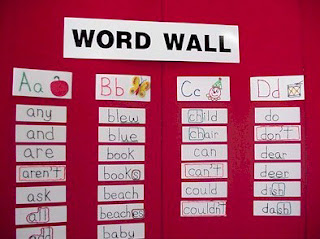Lose: A Child's Response to Intervention Requires Response a Responsive Teacher of Reading
This article was very eye opening regarding the necessary qualifications and dedication that a teacher must have to help a child's literacy development. The IDEA allowed 15% of funds to be spent on Special Education funds for Early Intervening Services (EIS) and support professional development and literacy instruction. RTI stands for Response To Intervention and can be used without labeling students at risk for school failure as learning disabled. Through research, its been discovered that literacy issues will surface after one year of learning in school. Assessments must appropriately explore a child's multiple knowledge sources and literacy experience.
The main conclusion that I got from this article was that individualized teaching is crucial to a students improvement if they are low performing. Different paths will be taken by individuals when it comes to learning to read, which is why it is imperative to tailor the lesson to his or her needs. The What Works Clearinghouse looked into effective reading programs which encompassed four key domains: alphabetic, reading fluency, comprehension, and general reading achievement. What are some ways that you think a lower performing student can be helped?

